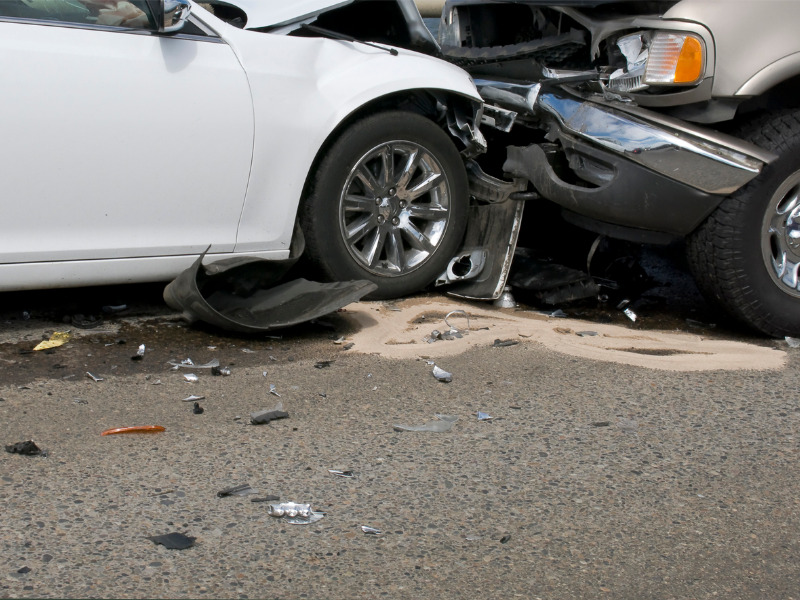Is third-party liability a significant driver of auto claims costs?

Subrogation for third-party liability (TPL) in Saskatchewan doesn’t appear to have a significant impact on the cost of insurance for drivers in the province, a Saskatchewan Government Insurance (SGI) spokesperson suggested to Canadian Underwriter.
In Saskatchewan, the public insurer subrogates for TPL, meaning coverage in impaired driving cases is extended to the injured third party and SGI seeks repayment from the impaired driver.
On Aug. 1, Manitoba Public Insurance (MPI) became the final public auto insurer in Canada to deny TPL coverage to impaired drivers, making them responsible for covering the cost of the damage they cause to other vehicles or property. Under the new rules, if an impaired driver causes damage to someone else’s vehicle or property, MPI will cover the damages and then seek repayment from the impaired driver.
TPL subrogation appears to have been in effect for a long time in Saskatchewan, and is outlined in the Automobile Accident Insurance Act 1978, SGI communications consultant Michaela Solomon said. “I’ve spoken to several long-tenured SGI employees who told me SGI has always subrogated for third-party liability—at least, they couldn’t recall a time when SGI didn’t.”
CU also asked SGI what effect TPL subrogation has had on claims costs.
While SGI does not capture information on the impact TPL subrogation has on claims costs, the number of collisions in the province involving impaired driving represents a small proportion of collisions that get reported to SGI, Solomon said. According to the 2021 Saskatchewan Traffic Collision Report, there were 24,368 “significant collisions” reported in Saskatchewan.
“Of that total, fewer than 700 were collisions where an impaired driver was determined to be a factor,” Solomon said. “And not all collisions where impairment was a factor would involve subrogation for third-party liability.”
At more than 24,000, the number of significant collisions differs from the total number of claims and is meant only to demonstrate how impaired driving represents a relatively small proportion of the total collisions that take place on Saskatchewan roads. The actual number of claims SGI receives is significantly higher because a collision can result in multiple claims.
As well, traffic collisions are only included in the annual report when the estimated repair costs for all vehicles and property exceeds $5,000. And private property and parking lot collisions, as well as claims resulting from deliberate acts of vandalism or natural causes, are not recorded in the report.
“I spoke to a director in our actuarial department who explained that there are other much more significant factors that impact the cost of insurance for Saskatchewan drivers, like other collision claims and the weather — a single hailstorm or a particularly bad blizzard can result in hundreds or thousands of claims,” Solomon said. “These all have a greater impact than subrogation.”
In British Columbia, if a driver crashes while driving impaired, they’ll likely be in breach of their insurance policy, said Greg Harper, media relations advisor at the Insurance Corporation of British Columbia (ICBC).
“This means the driver could be personally responsible for 100% of the damage to their own vehicle, and ICBC will recover from them the costs of repairs to someone else’s vehicle or other property,” Harper told CU.
Under the province’s Enhanced Care auto insurance model, protections are in place to hold the most dangerous or negligent drivers accountable, Harper said. “Anyone involved in a crash caused by a driver who is convicted of certain Criminal Code offences, including impaired driving, still has the right to sue that driver in a civil claim.”
Feature image by iStock.com/bruceman







